Western music is defined by the way notes are placed inside of an octave, or how the notes of a scale are positioned in relation to each other, and we can call these distances half steps and whole steps. They are also called semitones and tones.
What is an Octave?
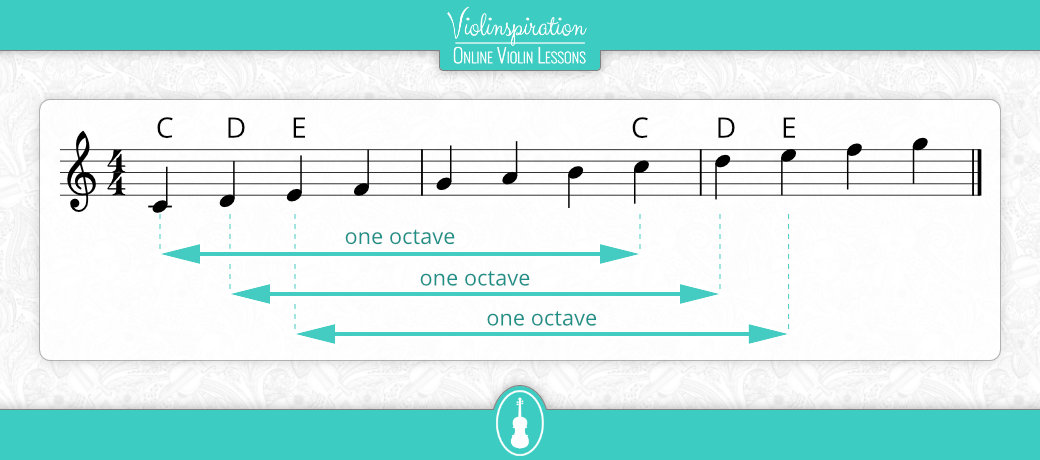
On a violin you can play an open string, for example the A string, and then if you find the exact distance half way along the string, that is halfway between the two ends, and press it down, you will get another A one octave up. Or, you can play a note with your third finger on the E string and in such case you will also hear a note that is one octave higher than the open A string.
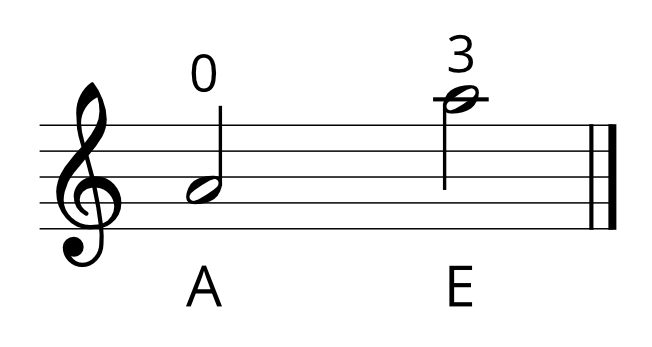
The octave is divided into 12 equal half steps. Depending on the key signature, some of these notes will belong to the key and some won’t.
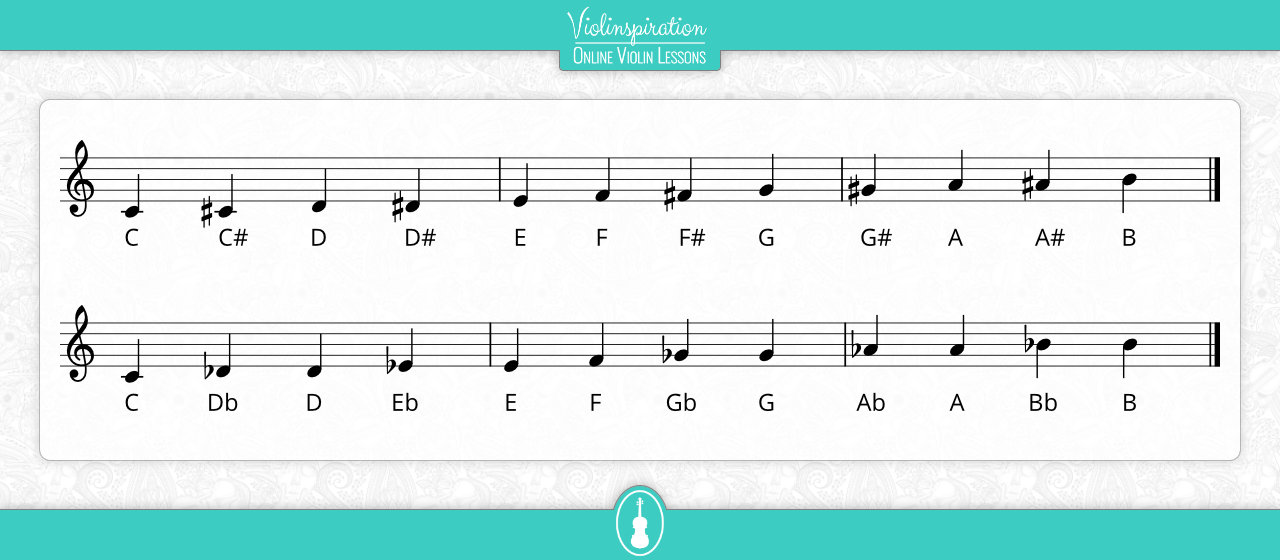
What are Half and Whole Steps
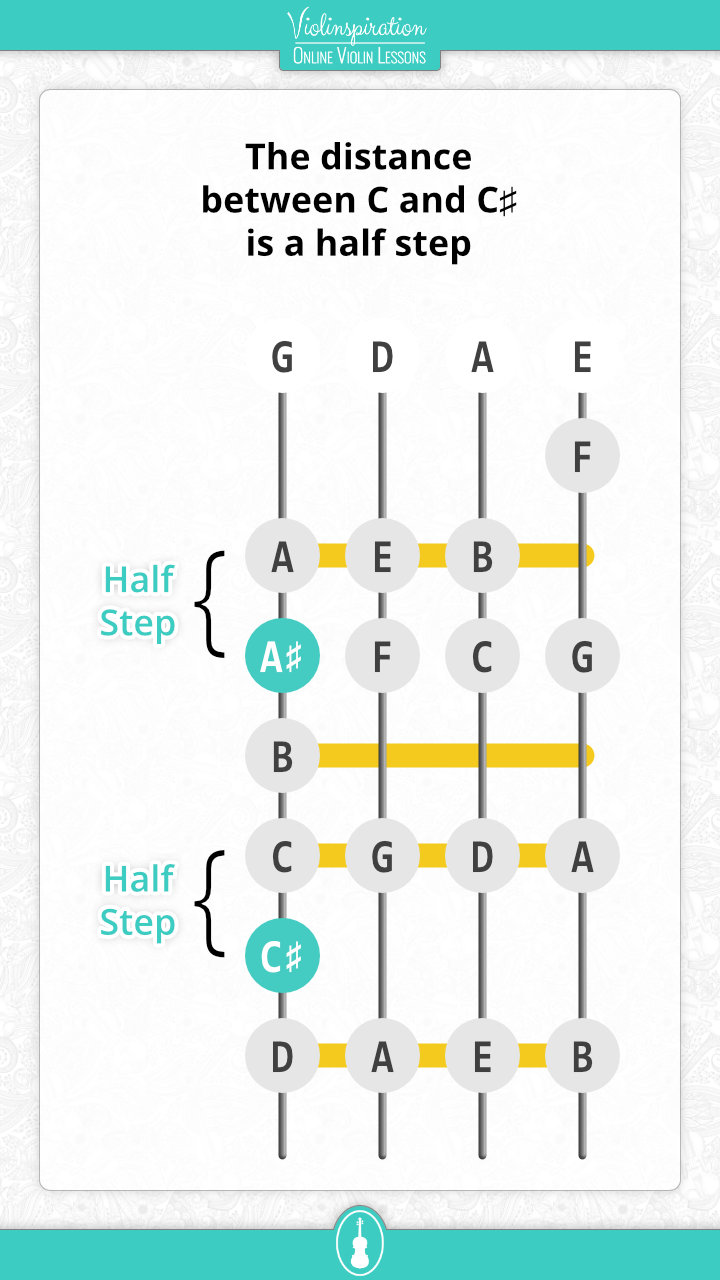

What is a Whole Step Definition?
Whole step is double the distance of a semitone. A semitone is 1/12 of an octave. That makes a tone ⅙ of an octave. E.g. the distance between a C and a D note is a whole step.
What is the Difference Between Half Step and Whole Step?
A half step, also called semitone, is half the distance of a whole step. Two half steps make one whole step (one tone).
What is Another Name for a Whole Step?
A whole step is called a tone.
What is the Meaning of a Half Step?
A half step is half a tone or a semitone. It is 1/12 of an octave.
What is the Whole and Half Step Formula?
The whole step and half step formula is the sequence of whole and half steps, as they occur in a particular scale. There is one formula for all major scales. Technically, there are three types of minor scale, each with its own formula.
Below are all the formulas.
What is the Pattern of Whole and Half Steps in a Major Scale?
The pattern or formula for all major scales is: W – W – H – W – W – W – H.
It is easy to see this on a piano keyboard for a C major scale. Between each key there is a semitone, or half step, and the white keys are the keys of C major. So if you play these notes, you will find there is a semitone between the 3rd and 4rth note and the 7th and 8th. In C major scale, these are E-F and B-C, which is where there is no black key.
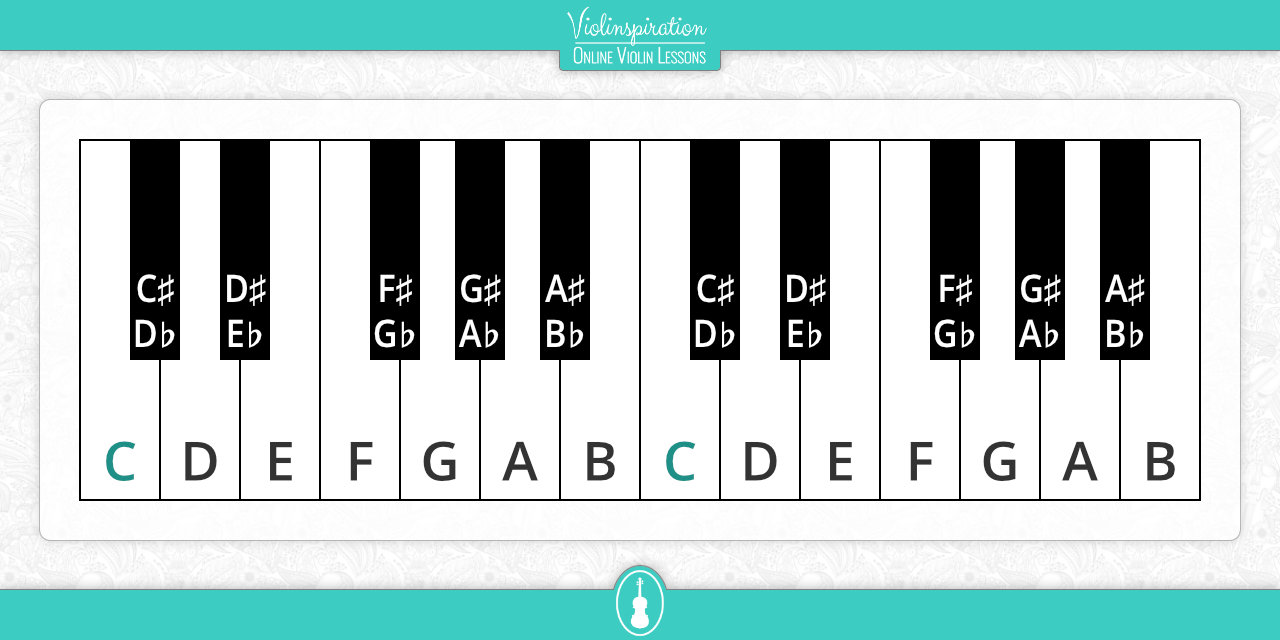
What is the Pattern of Whole and Half steps in a Minor Scale?
There are three types of minor scales, with the natural minor being used the most often.
Natural Minor
This is the easiest minor scale, and the formula is: W – H – W – W – H – W – W. You may notice that this is the same as the major scale, only starting on the 6th note of the scale instead of the 1st.
Melodic Minor
This minor scale has a different formula going up and going down.
Going up: W – H – W – W – W – W – H
Going down: W – W – H – W – W – H – W – same as a natural minor going down.
Harmonic Minor
This scale has a step that is longer than a whole step, which is a step and a half. I will write WH for this.
The formula for harmonic minor is: W – H – W – W – H – WH – H
Let’s now have a look at the half steps and whole steps on some examples.
Major Scales on the Violin
A Major
To play a one octave A Major scale, you would play the open A string, then for the B you’d place your first finger one whole step up from there. This means there is a gap between the top of the string and where your finger goes. The second finger again makes a whole step, and then the third finger goes next to the second, this creates a half step or semitone.
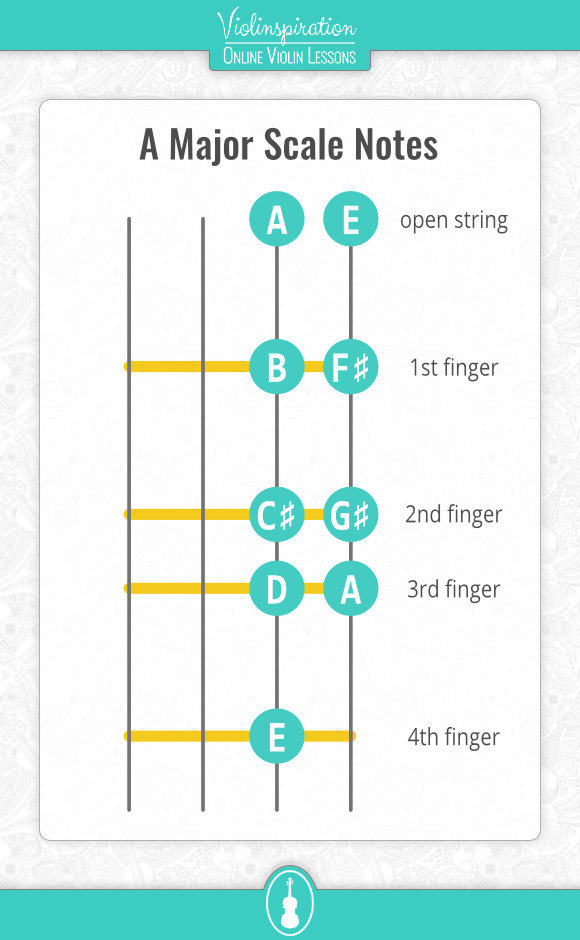
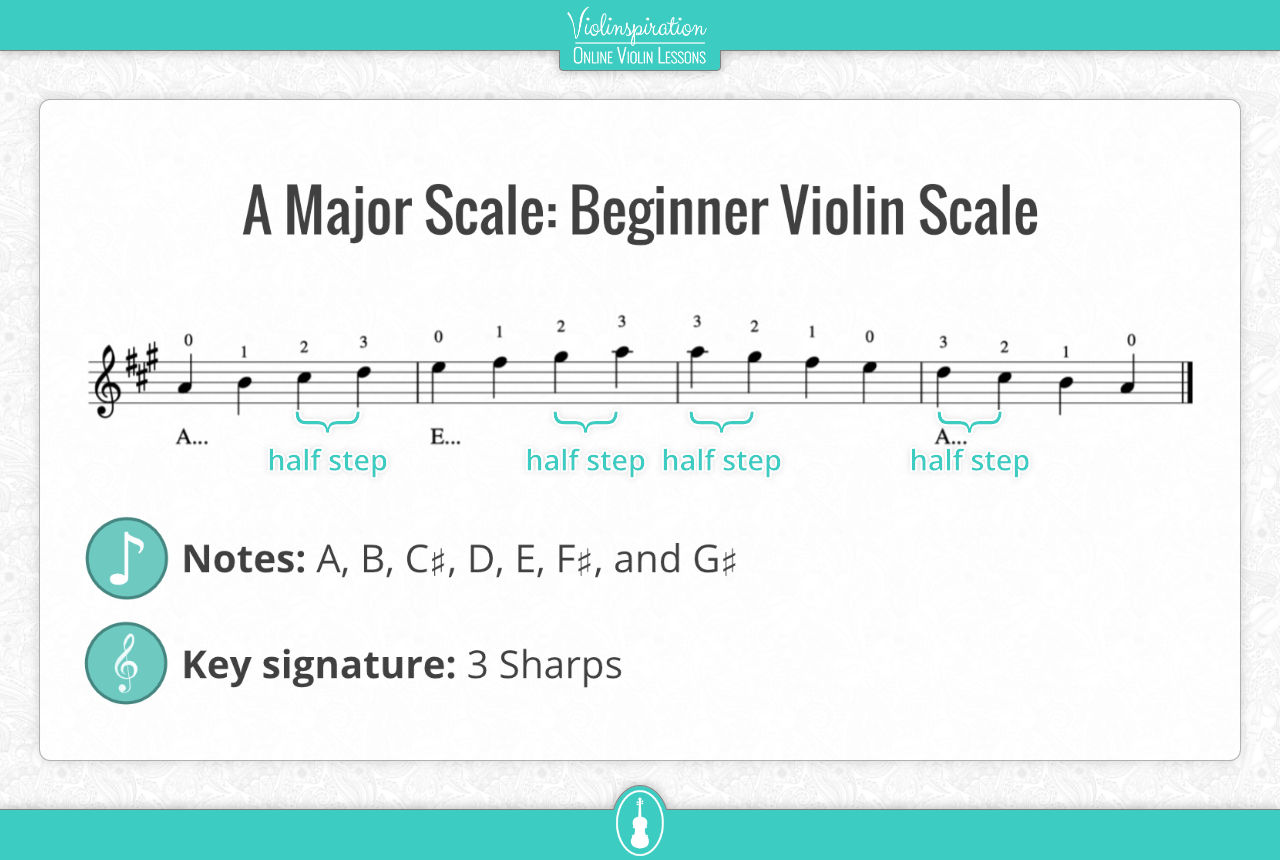
This creates a pattern on the A string that is W W H. From the third finger the next note is the open E string, and then we repeat the exact same finger pattern on the E string to get the last three notes.
If you want to use your fourth finger, this would go a whole step up from the third finger on the A string – when it’s played in tune, the pitch is identical to the open E-string. You can check if you’re playing it right if the two sound the same.
Here is a picture of what your hand should look like:

When you play the third finger on the E string, you can check the sound with the open A string, they should sound consonant – like the same note, and there should be no interference between the two. If the two tones sound beautifully together, then you can be sure that your third finger is placed correctly.
D Major
If you play the same pattern starting on the D and the A strings instead, you will have played a one octave D major scale.
If you were to continue the same pattern further, then it would no longer be the same scale however.
The reason is that now you need to play the G note with your second finger placed low (“low two”), instead of high two and the G# note as in the A major scale.
In some other key signatures the half steps and whole steps are in different places, and it may be that we need to place a finger not on a tape, but a half step lower or higher.
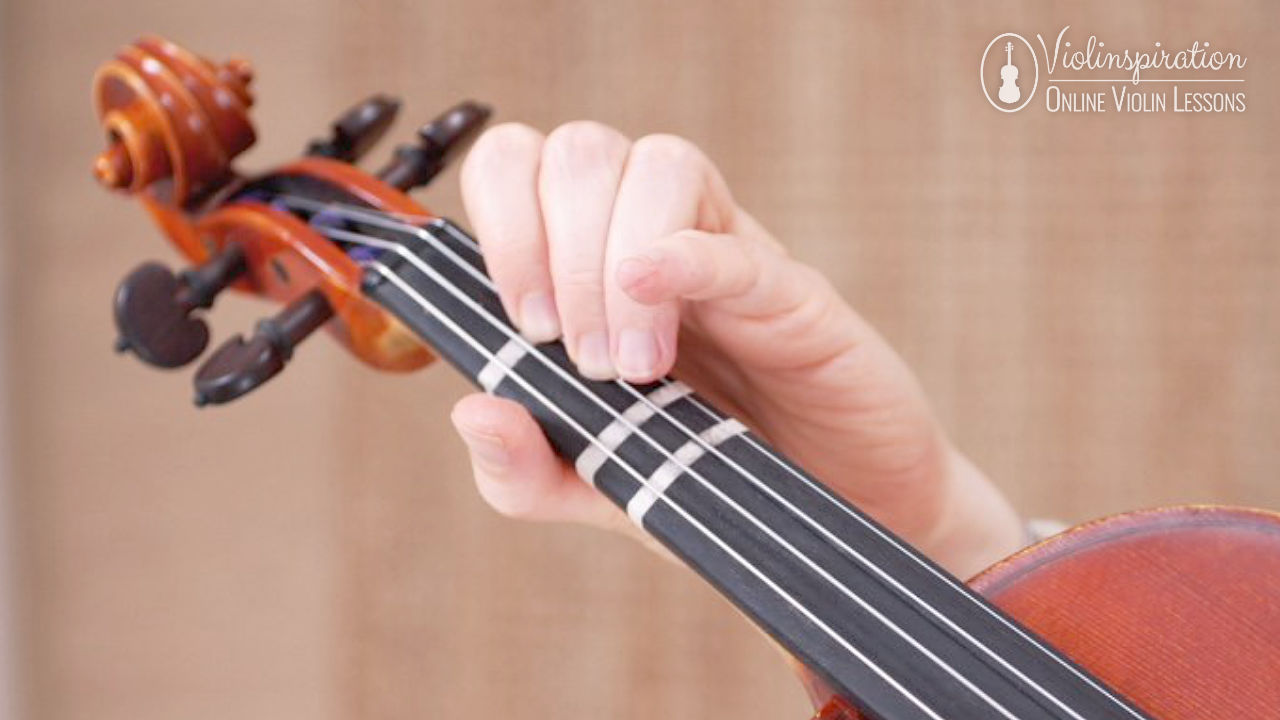
If you want to continue a D major scale onto the E string and you’d play G note still in the first position, you would encounter this. All fingers would be as before apart from the second finger, which would now be low. And if you continued a G Major onto the A and the E strings, you would have a low two on both.

I hope that these examples make it easy for you to learn where the half steps and whole steps are on the violin fingerboard. To have a visual reminder, download the free fingering charts below, print them and put on your music stand.
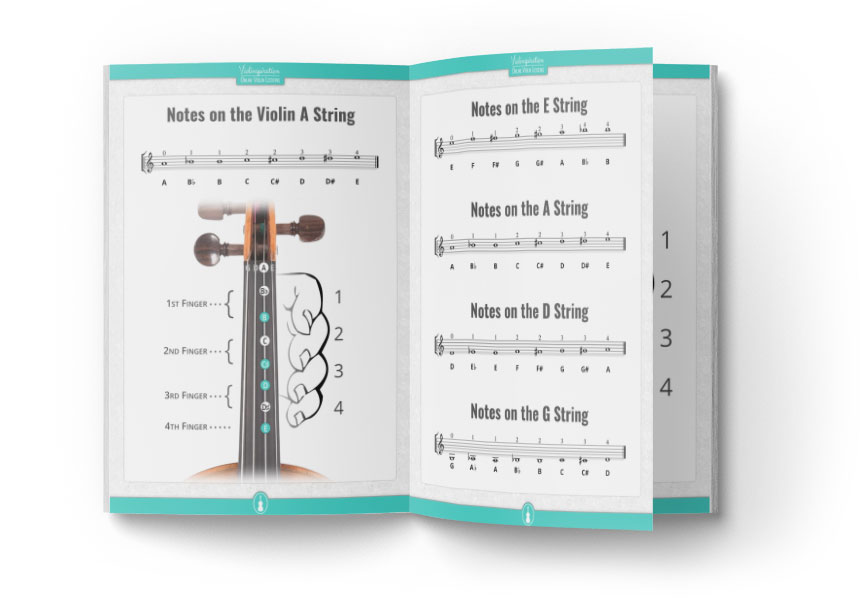
Free Fingering Charts
of All Violin Notes
























